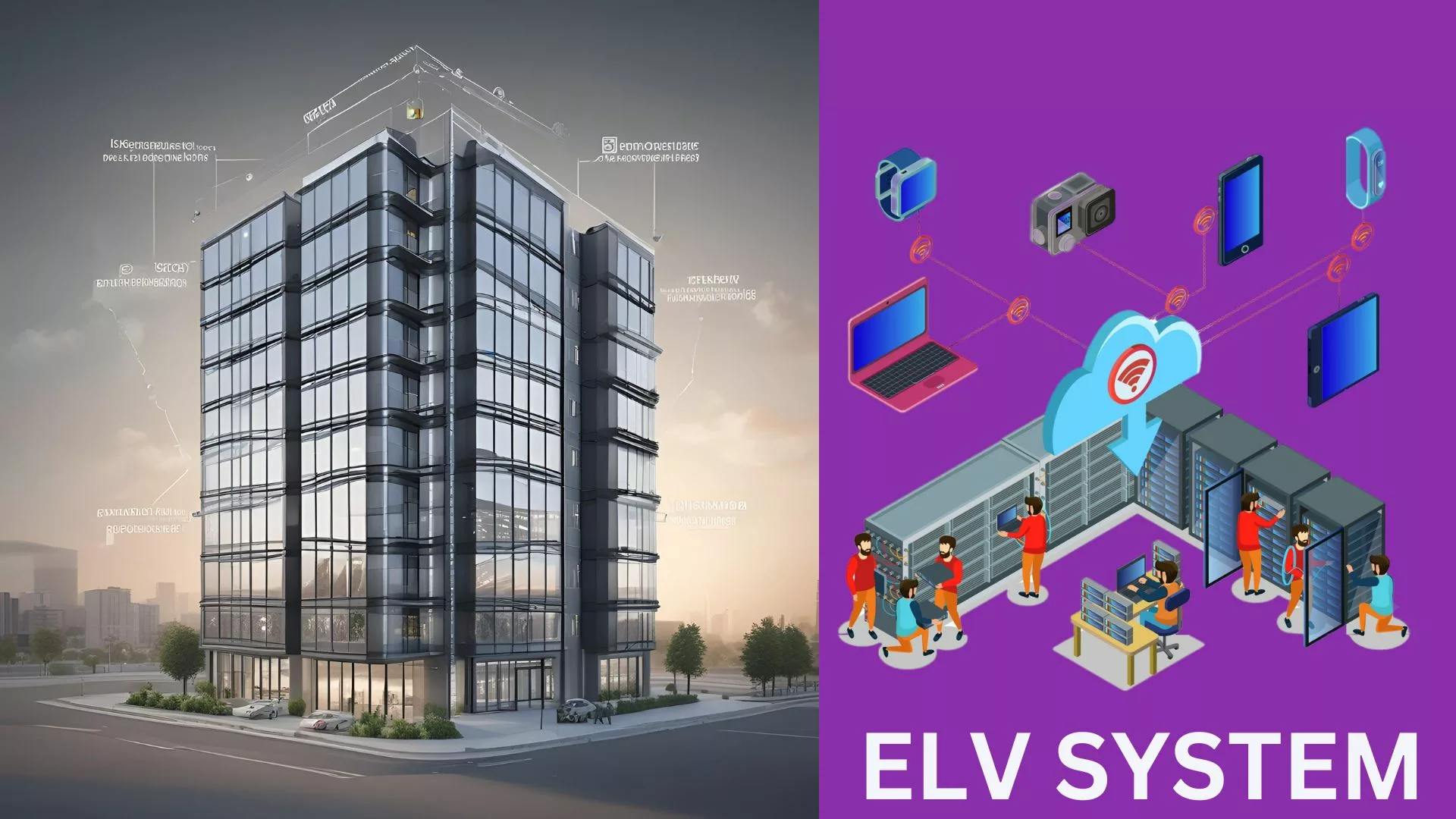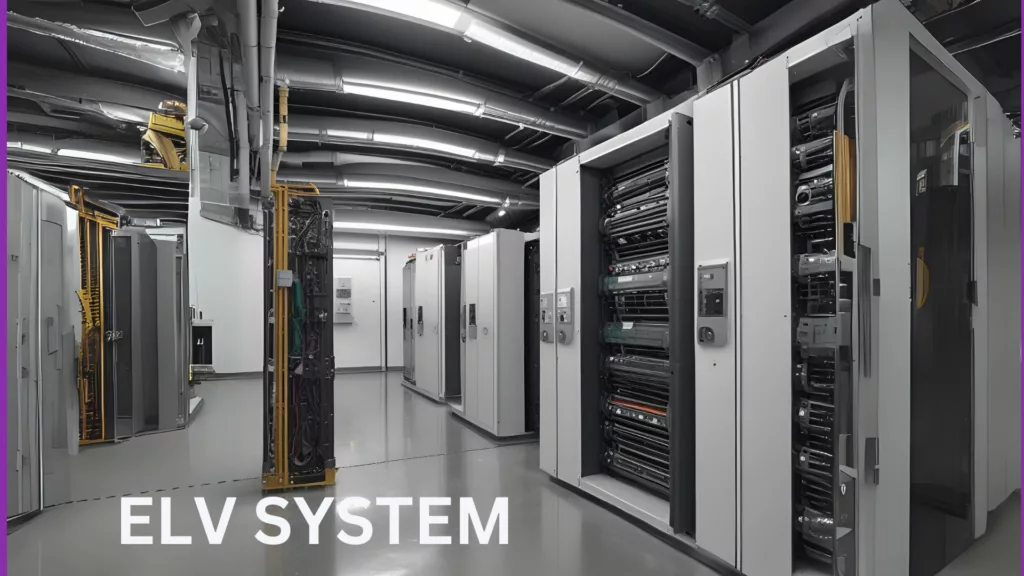
How can an ELV system Service enhance security in a building?
In a time when safety and security are top priorities, buildings are using more and more cutting-edge technology to protect their residents and property. A technical example of this type is the Extra-Low Voltage (ELV) system. A variety of low voltage electrical networks are included in ELV system Service, which offer a secure, effective, and comprehensive solution to building security.
An ELV (Extra-Low Voltage) system integrates intruder alarms, CCTV cameras, access control systems, and intercoms to improve building security. A safer atmosphere is ensured by this integration, which enables effective access control, prompt reaction to security breaches, real-time monitoring, and better overall coordination of security measures.
The key benefits and characteristics of ELV systems will be discussed in this, along with how they enhance building security.
Key Components of ELV Systems
ELV systems integrate various subsystems that work together to bolster building security. Some of the essential components include:
- Surveillance Systems: Closed-circuit television (CCTV) cameras are a fundamental part of ELV systems. These cameras provide real-time monitoring and recording of activities within and around the building. Modern CCTV systems include features such as high-definition video, night vision, and motion detection, which significantly enhance security capabilities.
- Access Control Systems: These systems regulate who can enter and exit the building or specific areas within it. Access control can be managed through key cards, biometric readers, or keypad entries. This not only helps in keeping unauthorized individuals out but also provides a log of entries and exits for security audits.
- Intrusion Detection Systems: Sensors and alarms are placed at entry points and sensitive areas to detect unauthorized access. These systems can trigger alerts to security personnel and send notifications to building managers, ensuring a swift response to potential threats.
- Intercom and Communication Systems: Intercom systems facilitate communication between different parts of the building, especially in emergencies. They allow security personnel to coordinate responses and provide instructions to occupants during incidents.
- Fire Alarm and Smoke Detection Systems: While primarily focused on safety, these systems are integral to building security. They ensure timely evacuation and response in the event of a fire, preventing loss of life and property.

Benefits of Integrating ELV System Service for Security
The integration of ELV systems brings numerous advantages that collectively enhance building security:
- Centralized Control and Monitoring: One of the most significant benefits of ELV system service is the ability to centralize control and monitoring of various security subsystems. A central control room can oversee surveillance feeds, access logs, and alarm systems, providing a comprehensive view of the building’s security status. This centralization allows for quicker decision-making and more efficient management of security protocols.
- Enhanced Situational Awareness: With advanced features like motion detection, facial recognition, and license plate recognition, modern ELV system Service offer enhanced situational awareness. These capabilities enable security personnel to identify and respond to potential threats proactively. For instance, an access control system equipped with facial recognition can alert security if a known threat attempts to enter the building.
- Scalability and Flexibility: ELV system service are designed to be scalable and flexible, allowing them to adapt to the evolving security needs of a building. As a building grows or as new security challenges emerge, additional components can be integrated into the existing system without significant overhauls. This flexibility ensures that the security infrastructure can keep pace with changing requirements.
- Improved Response Times: Integrated ELV system Service facilitate quicker and more coordinated responses to security incidents. For example, if an intrusion detection system is triggered, CCTV cameras can automatically focus on the affected area, and access control systems can lock down relevant sections of the building. This coordinated response helps contain threats and minimizes potential damage.
- Cost-Effectiveness: While the initial investment in an ELV system may be substantial, the long-term benefits include reduced operational costs. Centralized management reduces the need for extensive manpower, and advanced monitoring can prevent costly security breaches. Additionally, the energy efficiency of low-voltage systems contributes to overall cost savings.
- Data and Analytics: Modern ELV system service generate vast amounts of data that can be analyzed to improve security strategies. Analytics can identify patterns and trends, such as peak entry times or frequent false alarms, allowing for better resource allocation and proactive measures. This data-driven approach enhances the overall effectiveness of the security infrastructure.
Real-World Applications and Future Trends
Vallect, a leading provider of ELV systems, offers unique security solutions for commercial buildings, residential complexes, educational institutions, and hospitals. These systems provide versatility, safety, and convenience, ensuring the unique security needs of each client are met with precision and reliability.
Vallect, a well-known ELV system service provider, is enhancing building security through the application of advanced technologies. We are combining AI and IoT to create more intelligent and responsive security solutions. The combination of low-voltage subsystems provides a comprehensive, effective, and extensible answer to current security challenges. As technology progresses, ELV systems Service will become increasingly important for the security and safety of buildings and their occupants.
